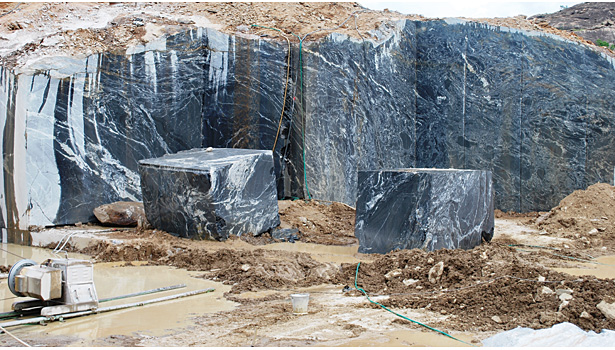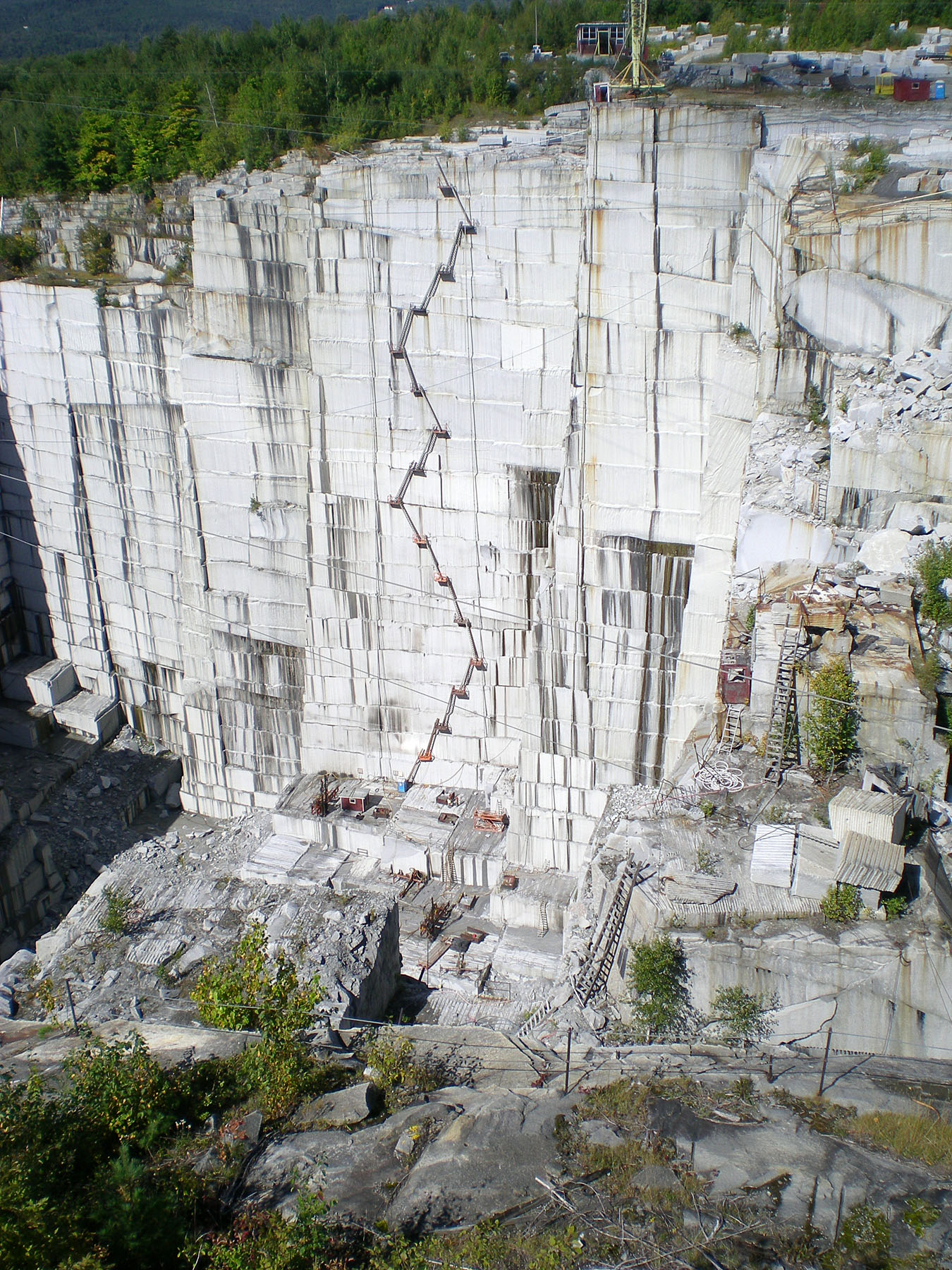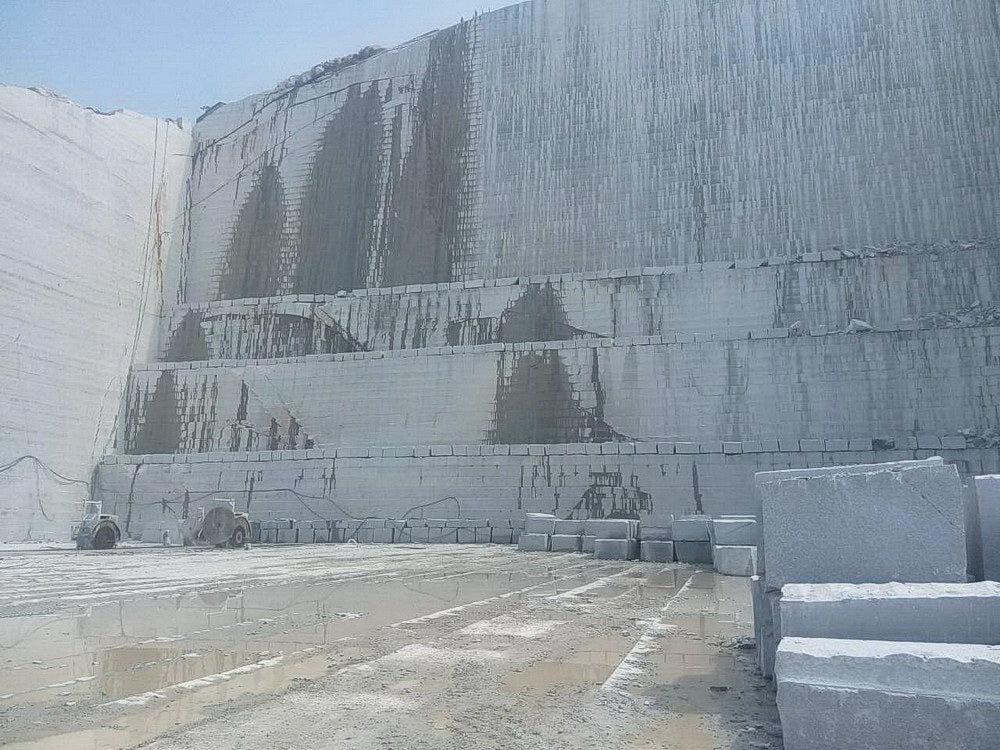Discovering Granite Quarries in South Africa: A Comprehensive Guide
Discovering the Rich Background and Lasting Practices of Granite Quarrying
As we base on the precipice of uncovering the elaborate tapestry of granite quarrying, a journey via time discloses not just the physical act of removing stone yet additionally the cultural and historic relevance woven right into the very textile of this method. From the old origins that laid the structure for modern-day quarrying methods to the lasting practices that are shaping the future of this industry, each sculpt mark on granite surfaces narrates waiting to be uncovered (granite quarries in south africa). The tradition of granite quarrying stretches far beyond plain extraction; it is a testimony to human ingenuity, resilience, and the long-lasting allure of this stunning stone
Old Beginnings of Granite Quarrying
Dating back to old worlds, the practice of quarrying granite has actually been an important part of human background and building development. The earliest proof of granite quarrying dates back to ancient Egypt, where substantial pyramids and intricate sculptures were crafted from this durable stone. The Egyptians made use of primitive devices to extract granite blocks from quarries, showcasing the importance of this material in their significant buildings.
Progressing in history, the Greeks likewise made substantial contributions to the quarrying of granite. The Greeks made use of granite in numerous building wonders, such as temples and sculptures, demonstrating their ability in shaping and carving this hardy rock. The Romans further improved the methods of quarrying granite, employing sophisticated devices like chisels and hammers to remove and shape granite for their iconic frameworks.
With the centuries, the method of quarrying granite has actually developed, with contemporary innovations improving efficiency while keeping the classic appeal of this natural rock - granite quarries in south africa. From old people to contemporary building contractors, the heritage of granite quarrying continues to shape our world
Advancement of Quarrying Techniques
The evolution of quarrying methods has been noted by a continual development in the direction of greater performance and accuracy in extracting granite. From the rudimentary techniques employed by our forefathers to the innovative technologies utilized in modern quarrying procedures, the industry has gone through considerable advancements. Early quarrying techniques entailed manual work with fundamental devices such as blades, hammers, and wedges to extract granite blocks from the earth. As people progressed, methods like fire-setting and primitive nitroglycerins were presented to help with the removal process.
In even more current times, the advent of machinery transformed the quarrying industry, enabling faster extraction rates and boosted efficiency. Technologies such as ruby cord saws, high-pressure water jets, and pneumatically-driven drills have actually become conventional in modern-day quarries, permitting accurate cutting and decreased waste. Furthermore, improvements in computer-controlled equipment and 3D modeling have maximized quarrying operations, bring about minimal environmental effect and enhanced sustainability techniques. As the need for granite proceeds to climb, the evolution of quarrying methods remains integral to conference sector requires effectively and sustainably.
Cultural Relevance of Granite
Granite holds a profound cultural value across numerous civilizations as a result of its enduring presence in building Check Out Your URL masterpieces and admired monoliths. From the stunning pyramids of Egypt to the elaborate makings of the Angkor Wat holy place in Cambodia, granite has been a product of choice for revealing magnificence and longevity in social heritage. In old Rome, granite columns embellished temples and public buildings, symbolizing stamina and durability. The cultural importance of granite prolongs past its physical qualities; it personifies durability, security, and eternity, making it a sign of sustaining traditions and customs.

Sustainable Practices in Quarrying
Among the abundant background of granite quarrying and its social relevance exists a growing focus on lasting practices within the market. As environmental recognition and concerns about source deficiency have increased internationally, the quarrying market has you could check here actually progressively accepted lasting methods to reduce its effect on the atmosphere and bordering areas.

In addition, improvement and rehabilitation of quarry websites post-extraction are indispensable to have a peek at this website sustainable methods. By restoring quarried locations to an all-natural or beneficial state, such as creating wild animals environments or leisure rooms, quarriers can balance out the environmental impact of their procedures and contribute positively to the local community.
Tradition of Granite Quarrying
With a historic background soaked in craftsmanship and commercial development, what sustaining effect has granite quarrying left on the landscape of contemporary culture? The tradition of granite quarrying goes beyond mere removal practices; it has shaped building wonders, metropolitan landscapes, and social heritage worldwide. The resilient nature of granite has made it a recommended option for monuments, buildings, and infrastructure, standing as a testimony to the ability and virtuosity of quarry employees across generations.
Furthermore, the economic impact of granite quarrying can not be forgotten. The industry remains to supply employment possibility and drive neighborhood economic climates in regions where granite removal is widespread. It has additionally spurred technological innovations in quarrying methods and equipment, leading to more effective and sustainable techniques.
In terms of sustainability, the legacy of granite quarrying consists of initiatives to alleviate ecological effects through reclamation tasks and responsible resource administration. By stabilizing economic rate of interests with ecological stewardship, the market makes every effort to guarantee that future generations can continue to gain from this enduring natural deposit.
Final Thought
